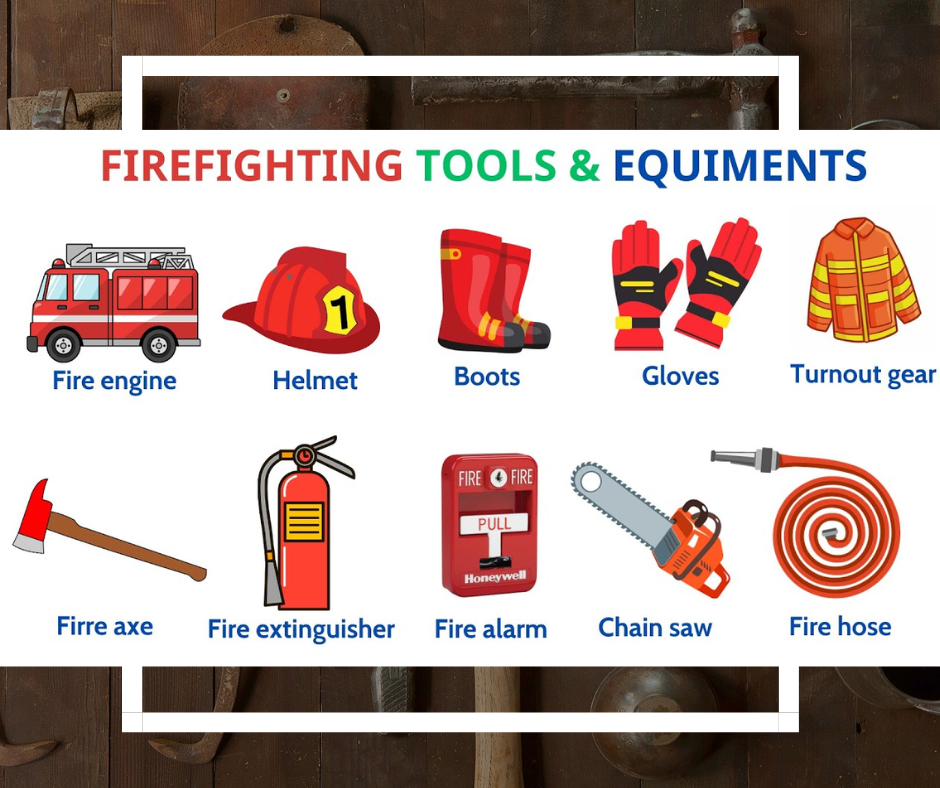Firefighting tools are essential equipment used by firefighters to combat and control fires effectively. The specific tools may vary based on the type of fire, the environment, and the resources available.
To pursue a career in fire and safety, individuals can obtain relevant certifications and training from recognized institutions in India, such as the National Safety Council, the Institution of Fire Engineers, and the Fire and Safety Forum of India. Some universities in India also offer degree programs in fire and safety engineering.
We are here to help you for making your great future in MSBTE/UGC Affiliated Diploma and Degree courses so feel free to contact us.
Here are some common firefighting tools:
Fire Extinguishers:
Portable devices that discharge a jet of water, foam, dry powder, or other agents to extinguish or control small fires.
Hose and Nozzles:
Hoses are used to deliver water from a water source to the fire. Nozzles are attached to the end of hoses to control the flow and direction of water.
Fire Hose Reels:
Fixed or portable reels with hoses that can be quickly deployed for firefighting purposes.
Fire Hydrants:
Fixed water supply points connected to a reliable water source, providing a ready supply of water for firefighting.
Fire Axes:
Tools with a blade on one side and a pick or adze on the other. They are used for cutting through doors, walls, or other obstacles.
Fire Hooks:
Hooks with a sharp point used for pulling down walls or ceilings to access hidden fire areas.
Fire Rakes:
Tools with long handles and metal teeth, used for removing debris and creating firebreaks to control the spread of fire.
Halligan Bar:
A multipurpose tool with a fork, adze, and pointed spike, used for prying, breaching, and other tasks.
Fire Blankets:
Flame-resistant blankets used to smother small fires, particularly those involving people or objects.
Breathing Apparatus:
Devices that provide a supply of breathable air to firefighters, allowing them to enter smoke-filled or oxygen-deficient environments.
Thermal Imaging Cameras:
Cameras that detect heat and help firefighters identify hot spots, locate victims, and navigate through smoke-filled environments.
Portable Fire Pumps:
Devices that can draw water from a local source (such as a pond or pool) and pressurize it for firefighting.
Fire-resistant Clothing:
Protective gear such as turnout gear, helmets, gloves, and boots designed to shield firefighters from heat, flames, and other hazards.
Fire Shelter:
Emergency shelters made of fire-resistant materials that firefighters can deploy as a last resort in case of an uncontrolled wildfire.
Chainsaws:
Used for cutting through vegetation, structures, or obstacles that may impede firefighting efforts. Firefighters are trained to use these tools strategically and efficiently based on the nature of the fire and the specific challenges presented by the incident.

